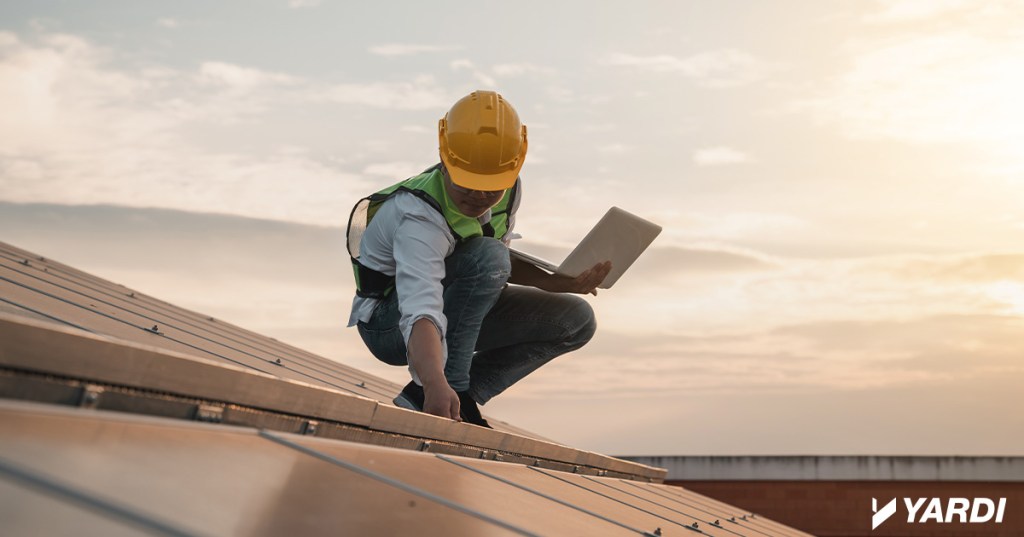Home Energy Rebates
Multifamily rebate incentives
If you’re wondering how you can get started with energy rebates, you’ve come to the right place. These incentives provide upfront savings while saving you thousands on utility costs for years to come. For example, switching from baseboard heating to a heat pump saves an average of $1,300 per year. These rebates are not just […]
